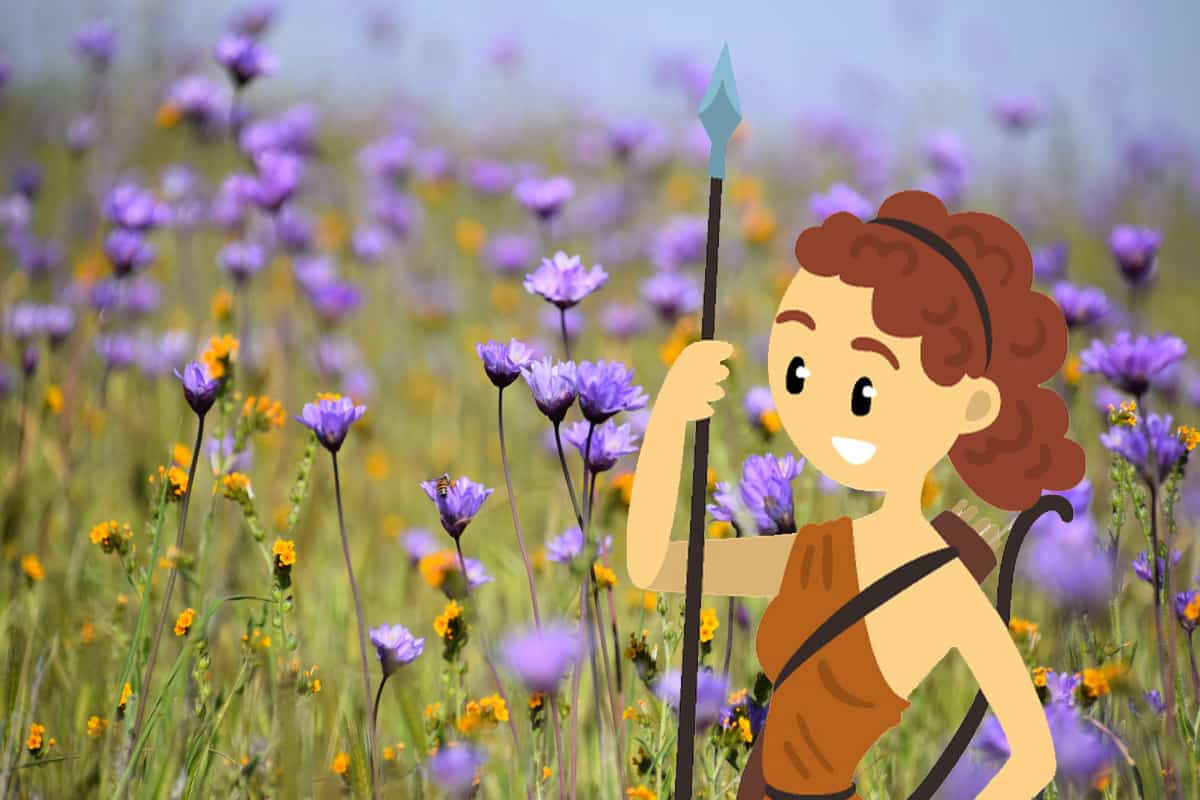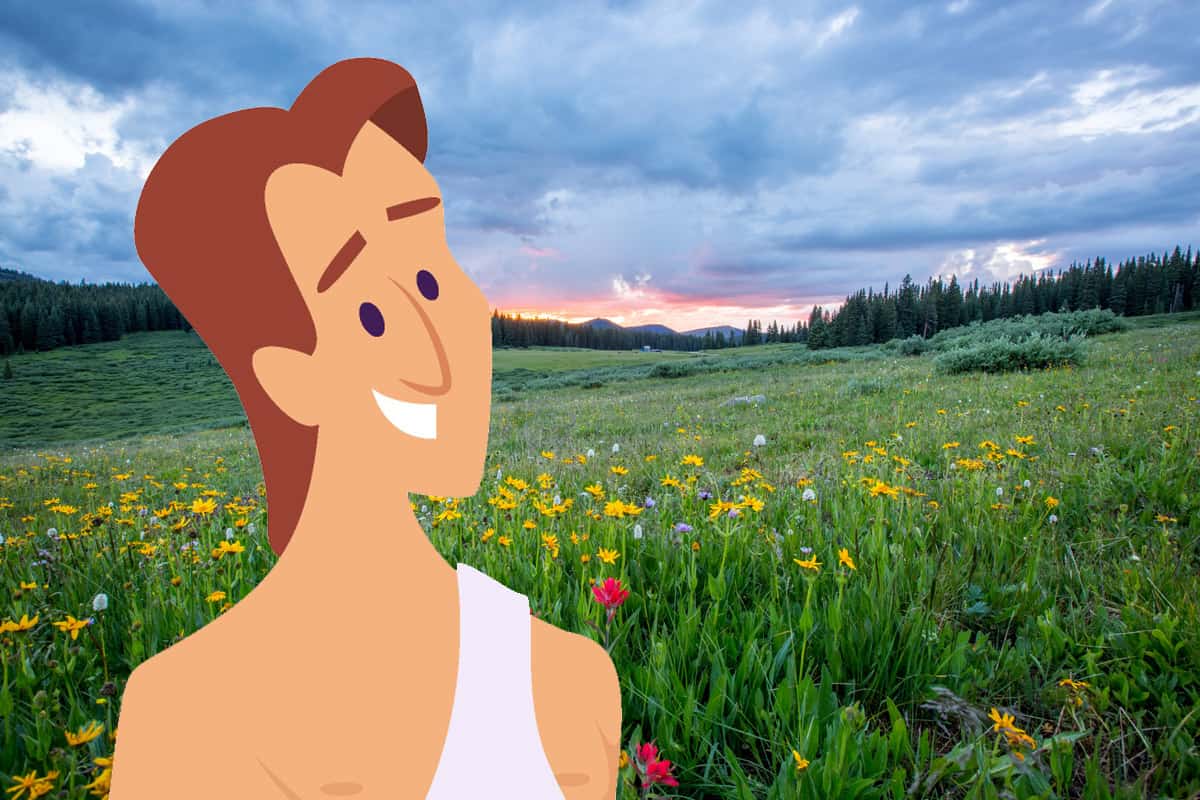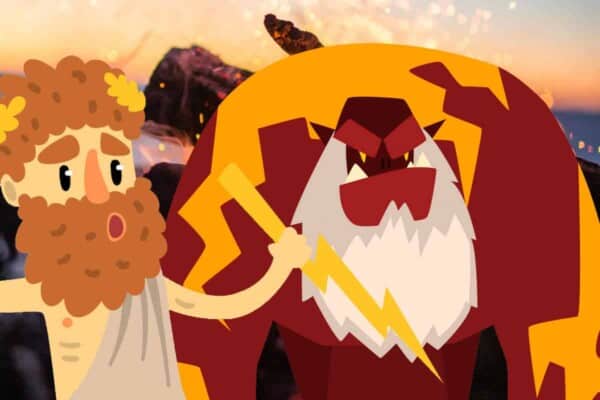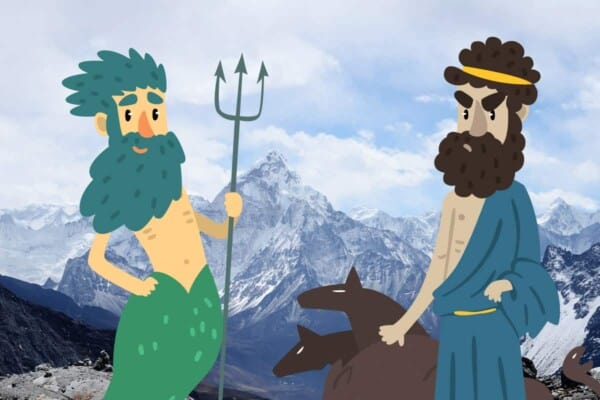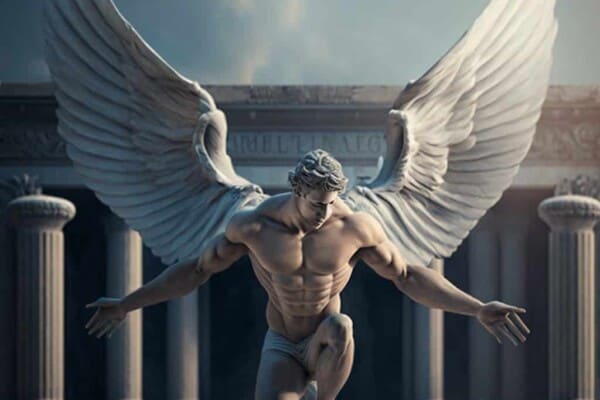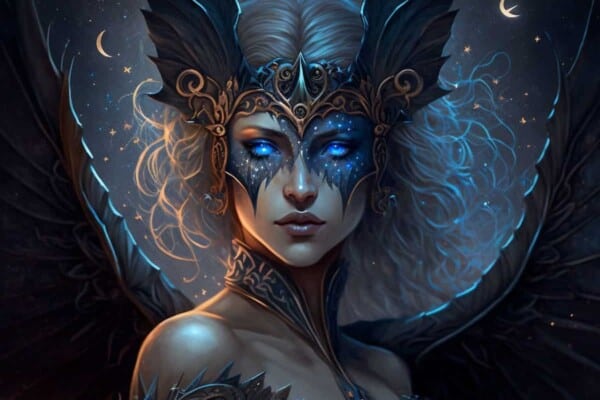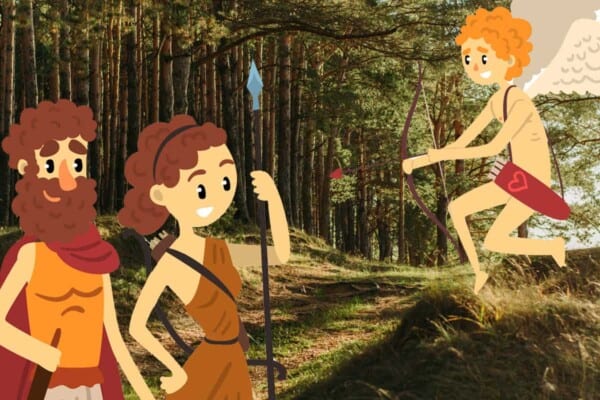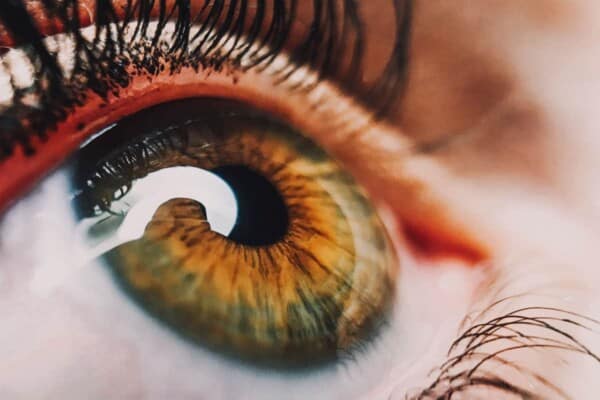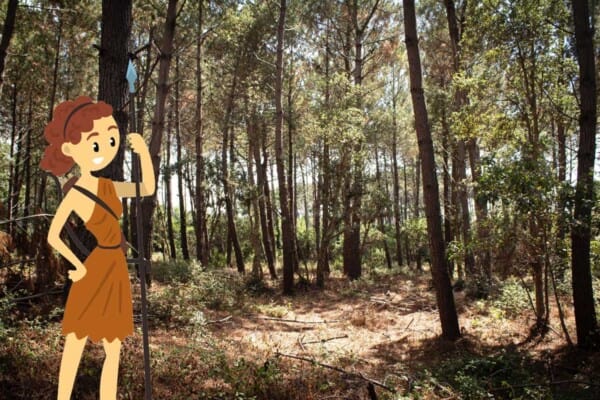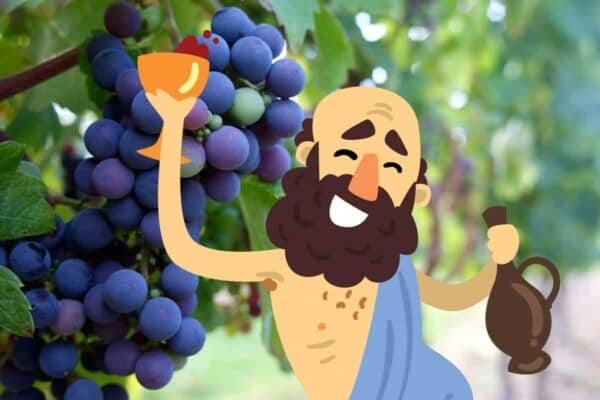The Ancient Greeks worshipped Artemis as the goddess of the moon, nature, and hunting. Her brother Apollo was her twin and counterpart, sharing dominion over hunting, but also serving as god of the sun.
As a nature goddess, Artemis was a favorite of the ancient god Pan. She loved animals, and deer were sacred to her. She also was famous for her companions, and how she and they shunned men.
She was an extremely interesting goddess with a storied history. Here are some interesting facts and tidbits you might not have heard about before now!
20 Facts about Artemis
1. Artemis’s parents were Leto and Zeus
Leto was the daughter of Coeus and Phoebe, both Titans, while Zeus was the god of thunder and the king of Olympus.
2. Artemis was born before Apollo (in most versions!)
After her birth, Artemis assisted Leto in birthing Apollo.
3. Artemis believed she was chosen as a midwife by the Fates
She was a patron of birthing mothers and could ease their pain in childbirth.
4. She dressed unusually
From her father, Zeus, she requested a tunic that stopped at the knee rather than a standard-length dress or robe. This was to make it easier to move while hunting.
5. She inherited her status as moon goddess from her mother’s cousin
Artemis’s grandmother, Phoebe, was the aunt of Selene. Selene was the personification of the moon. When Artemis was born, she, Selene, and the goddess Hecate often formed a triad.
6. Artemis ruled over all mountains
It was one of the ten requests she made of her father as a child.

7. The ancient nature god, Pan, gifted Artemis with twelve hunting hounds.
There were six males and six females amongst her hunting pack. She valued them both as workers and beloved pets.
8. Sixty of her mother’s cousins, the Oceanids, served as her hunting companions.
These nymphs were a small portion of Oceanus’s thousand daughters. They were also the cousins of Zeus, Artemis’s father.
9. Twenty nymphs served as her handmaidens and dog-watchers.
The Amnisiades were the daughters of the river Amnisus in Crete. Along with the Oceanids, they completed Artemis’s retinue. They cared for her dogs and helped her to bathe.
10. Artemis’s bow and arrow were made by the great Cyclopes
They also were the beings who forged Zeus’s thunderbolt
11. Several of Artemis’s stories involve bears
Artemis’s companion Callisto was transformed into a bear by Hera after Zeus made her pregnant. Artemis also send a bear to suckle Atalanta, the great heroine who had been abandoned by her father. As well, the myth of Polyphonte includes one of Artemis’s companions being cursed to lust after a bear and producing monstrous twins.
12. Artemis had many epithets to distinguish her from her brother, Apollo.
Some of these included Delia (from Delos, the island where she was born), Artemis Kourotrophos (as a protector of young women), Agrotera (meaning “huntress”, mostly used in Attica), and Apanchomene (the strangled goddess).
13. The constellation Orion was once Artemis’s friend
He was a hunter and a travel companion of the goddess who was later killed for hubris against the gods and nature. When he died, Artemis begged Zeus to place Orion amongst the stars.
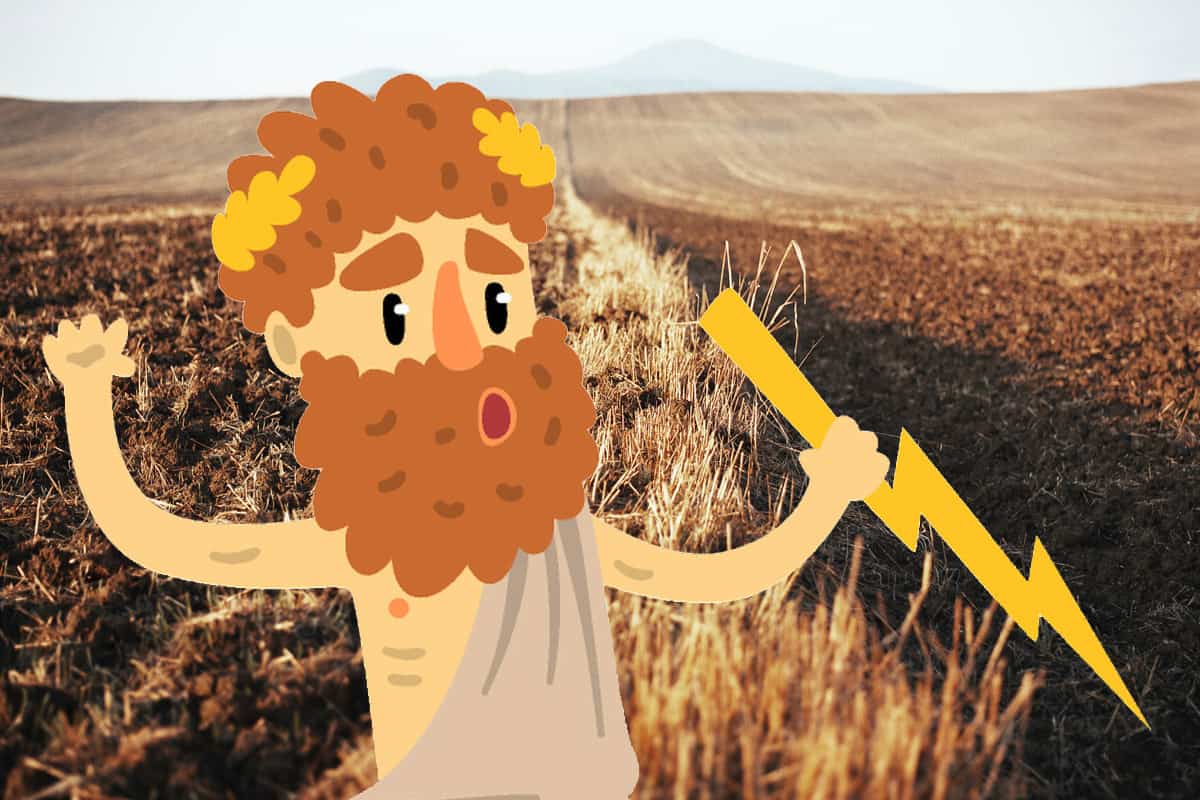
14. Zeus once disguised himself as Artemis to seduce Callisto
Artemis’s father desired her companion, Callisto, and so appeared to her as Artemis. Callisto went willingly and became pregnant, leading to Hera’s bear curse. When Callisto later died, she and her son Arcas were placed amongst the stars as Ursa Major and Ursa Minor.
15. Artemis once slaughtered the children of a queen as vengeance for her mother
Queen Niobe of Thebes bragged that she was better than Leto, Artemis’s mother, as Niobe had seven sons and seven daughters while Leto only had one of each. Leto’s twins took vengeance. Artemis slayed six of her sons, and Apollo six of her daughters. Niobe’s husband then killed himself. Afterward, Artemis turned Niobe and her living children to stone.
16. Chione lost her tongue to Artemis’s arrow
The beautiful Chione was loved by Hermes and Apollo as well as a thousand humans. She bragged about it, claiming her superiority to all goddesses, especially Artemis. Artemis took vengeance for the blasphemy and insult by shooting out the lying tongue, cursing Chione to be mute.
17. She sent the Calydonian Boar as vengeance
The Calydonian Boar was a terrible creature that ravaged the land and prevented seeds from being sown. She sent the creature after King Onessus forgot to pay Artemis proper tribute during his worship of the gods. Eventually, Atalanta, who Artemis herself had saved as a child, helped slay the boar.
18. Artemis once caused two giants bent on rape to kill each other
The Aloadae were Poseidon’s children and monstrous giants. They stormed Olympus to capture Hera and Artemis, rape them, and make them their wives. They captured Ares as bait. Artemis tricked Otos into thinking she would go with him, so Ares was freed. Then she turned into a doe and jumped between them. They threw their spears at her but she was too fast, and they ended up killing each other.
19. Disrespect Artemis’s chastity never ended well
Her male friend, fellow hunter Actaeon, once came across her bathing in the woods. He was overcome with lust and tried to ravish her. For this, and for hubris against the gods, Artemis turned him into a stag that was torn apart by his own dogs.
20. Artemis supported Troy during the Trojan War
Apollo was a patron of the city, and Artemis and their mother Leto sided with him. Ares, and Aphrodite sided with the Trojans as well. Hera,
Athena, Poseidon, and Hephaestus favored the Greeks.
Zeus, Hades, Hermes, Iris, Demeter, and Persephone were all undecided or neutral on the war. However, when Zeus later decreed that they should get involved, many of these gods changed sides to support the Greeks. Some gods also chose sides depending on their human favorites.
Contents
- 20 Facts about Artemis
- 1. Artemis’s parents were Leto and Zeus
- 2. Artemis was born before Apollo (in most versions!)
- 3. Artemis believed she was chosen as a midwife by the Fates
- 4. She dressed unusually
- 5. She inherited her status as moon goddess from her mother’s cousin
- 6. Artemis ruled over all mountains
- 7. The ancient nature god, Pan, gifted Artemis with twelve hunting hounds.
- 8. Sixty of her mother’s cousins, the Oceanids, served as her hunting companions.
- 9. Twenty nymphs served as her handmaidens and dog-watchers.
- 10. Artemis’s bow and arrow were made by the great Cyclopes
- 11. Several of Artemis’s stories involve bears
- 12. Artemis had many epithets to distinguish her from her brother, Apollo.
- 13. The constellation Orion was once Artemis’s friend
- 14. Zeus once disguised himself as Artemis to seduce Callisto
- 15. Artemis once slaughtered the children of a queen as vengeance for her mother
- 16. Chione lost her tongue to Artemis’s arrow
- 17. She sent the Calydonian Boar as vengeance
- 18. Artemis once caused two giants bent on rape to kill each other
- 19. Disrespect Artemis’s chastity never ended well
- 20. Artemis supported Troy during the Trojan War

